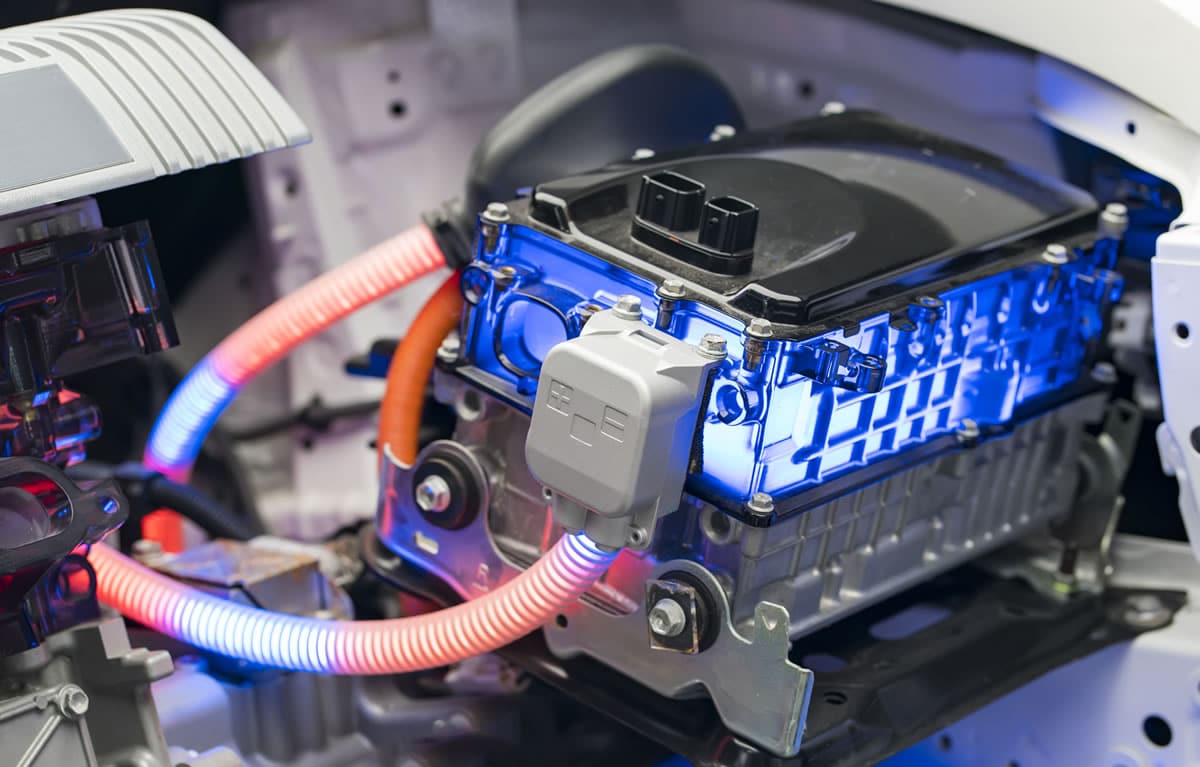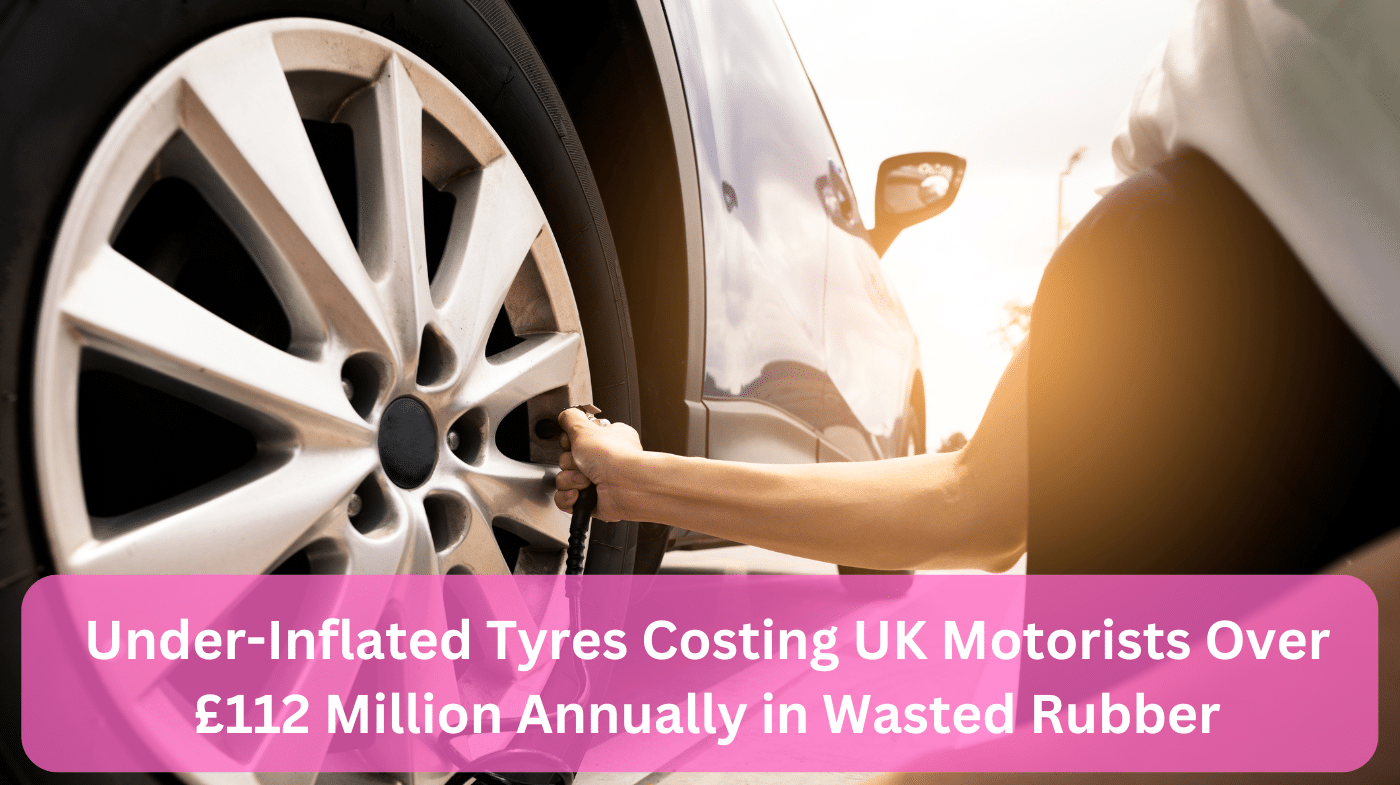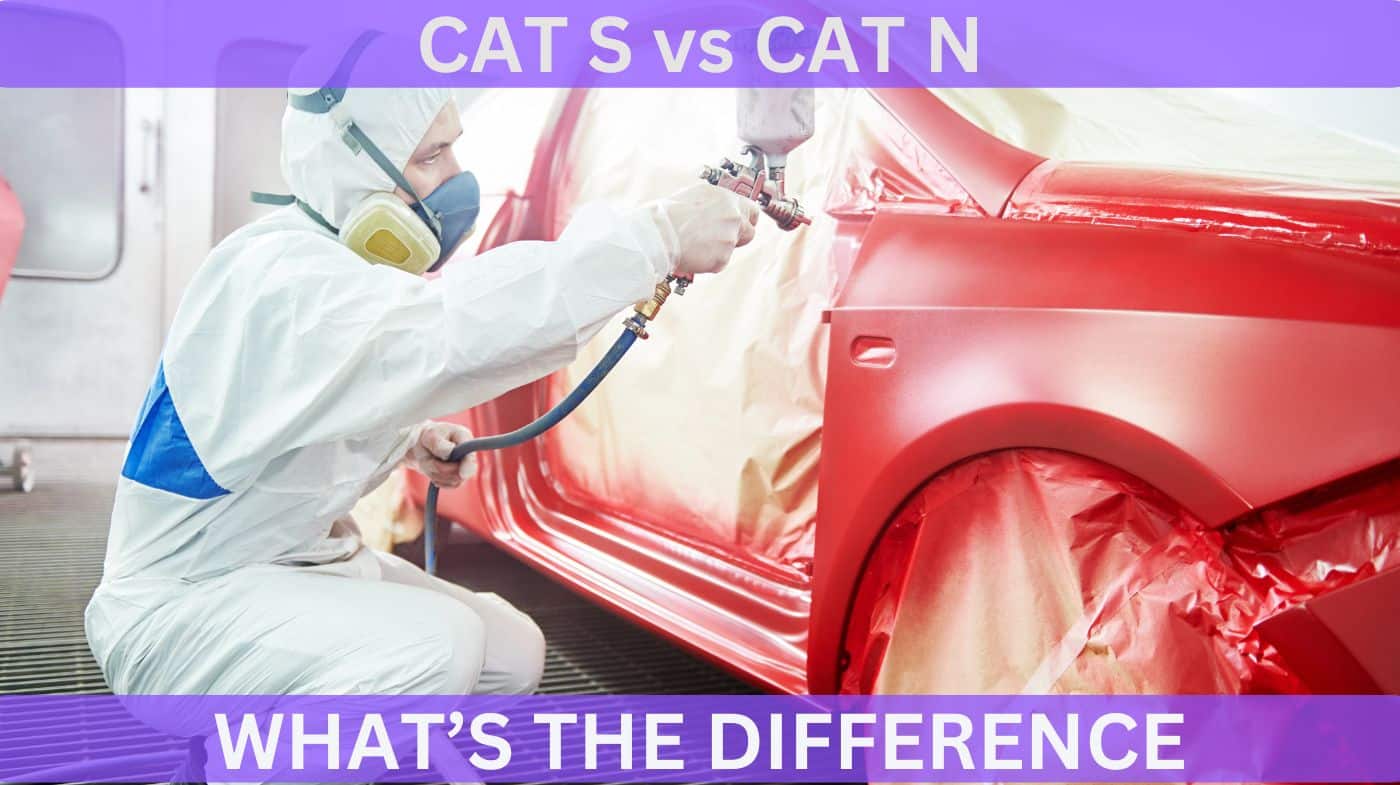Since the advent of sustainable mobility, the debate around the most effective solution for reducing our dependence on fossil fuels has been fervent. Electric vehicles (EVs) have taken the pole position in this race, with hydrogen fuel cell vehicles (HFCVs) following a slower trajectory. But could HFCVs accelerate to mainstream status in the UK?
To understand this dynamic, we must first appreciate how HFCVs operate. A hydrogen-powered car utilises hydrogen gas as fuel, stored in high-pressure tanks within the vehicle. A device called a fuel cell combines this hydrogen with oxygen from the air to produce electricity, which then powers the car’s electric motor. The only by-product of this process is water, hence its reputation as a green technology. Refuelling these vehicles involves pumping hydrogen gas into the tank at a station, a process that is reminiscent of traditional petrol or diesel refuelling, albeit with a significantly smaller carbon footprint.
While the science behind HFCVs is compelling, their adoption in the UK lags behind that of their electric counterparts. EVs have seen a rapid rollout, primarily due to their relative simplicity, robust public and private sector support, and increasingly efficient charging infrastructure. On the other hand, HFCVs have been somewhat side-lined, largely due to the high costs associated with producing, storing, and distributing hydrogen safely and efficiently.
The UK Government’s current focus is on expanding the electric charging network, with hydrogen fuel stations limited predominantly to London and other major cities. This infrastructure disparity is a considerable barrier to the wider adoption of HFCVs.
However, the inherent strengths of hydrogen as a fuel source – fast refuelling times and long-range capability – give HFCVs potential for specific sectors, such as heavy-duty and long-distance transport. For these to translate into broader consumer uptake, significant changes will be required.
Firstly, the hydrogen refuelling infrastructure needs to expand, addressing the ‘chicken and egg’ problem: consumers are reluctant to buy HFCVs due to a lack of refuelling stations, while investment in stations is restrained by the small number of HFCVs on the roads.
Secondly, the production of green hydrogen needs to scale up. Currently, the majority of hydrogen is ‘grey’, produced from natural gas in a process that emits carbon. ‘Green’ hydrogen, made through electrolysis powered by renewable energy, is the sustainable alternative, but it remains more expensive to produce.
Lastly, increased public and private investment in hydrogen technologies is essential to bring down the costs of HFCVs, making them a more affordable option for consumers.
In summary, while the EV revolution continues to power ahead in the UK, hydrogen cars could still find their niche, provided sufficient investment is made in infrastructure, green hydrogen production, and cost reduction. The road to a sustainable transport future may not be a one-way street after all, but a multi-lane highway with room for multiple technologies. Only time will tell if hydrogen cars will go mainstream in the UK, but for now, their potential remains largely untapped.
Starting to plan your transition to an eco-friendly driving future? Get a quote for your car at Sell My Car Essex.






